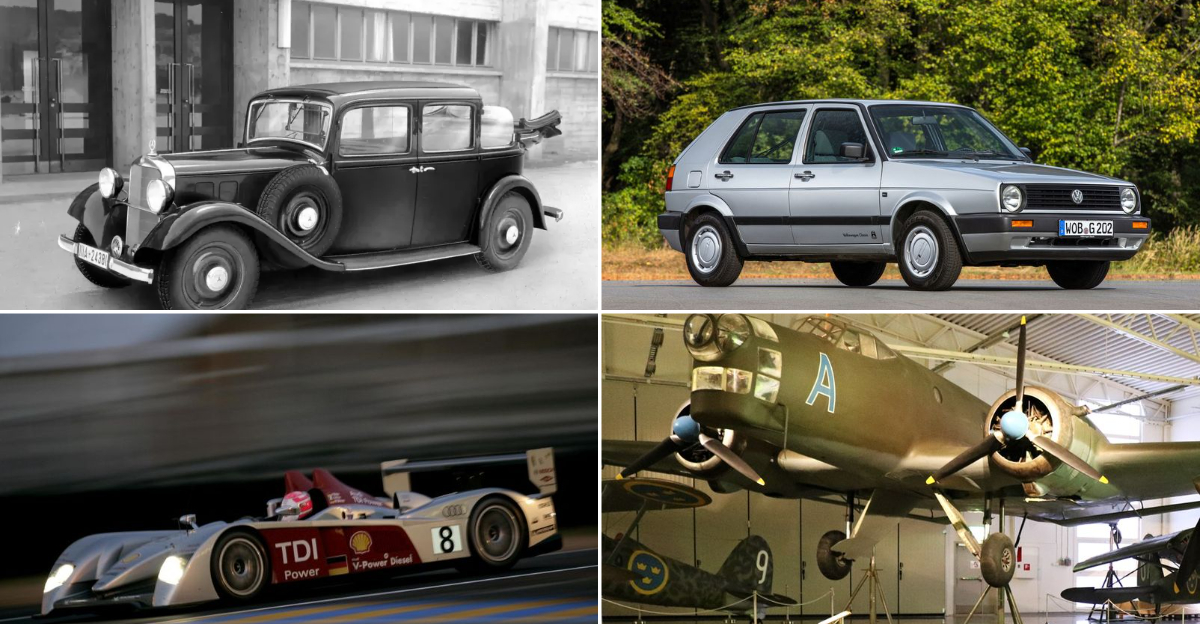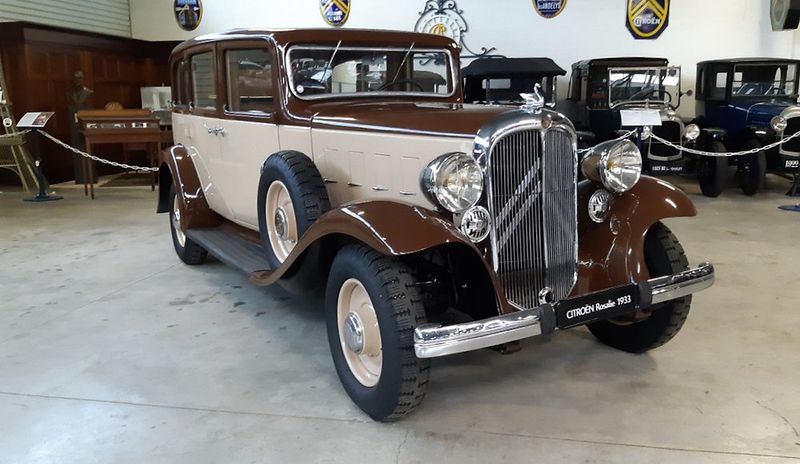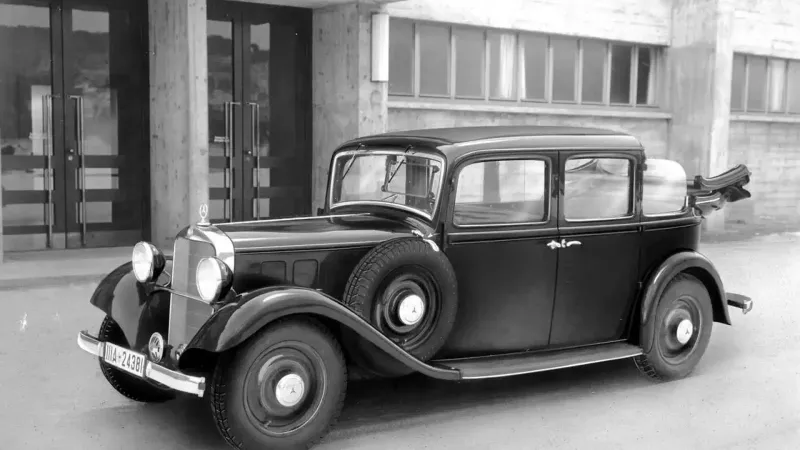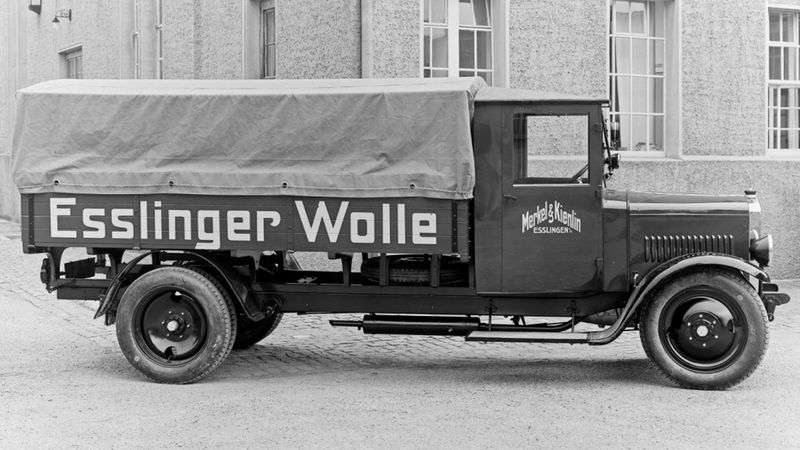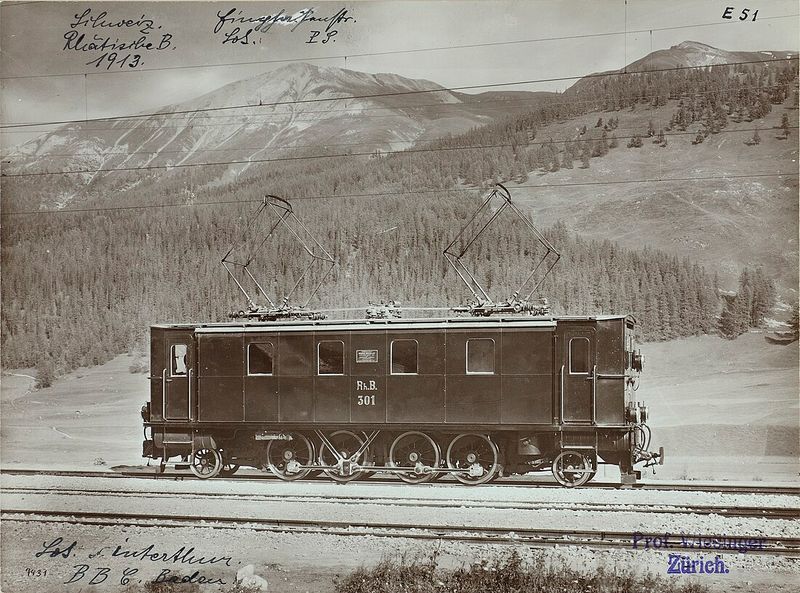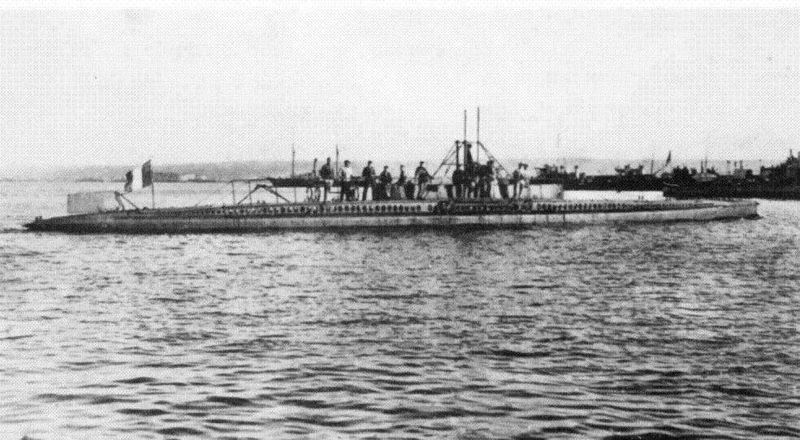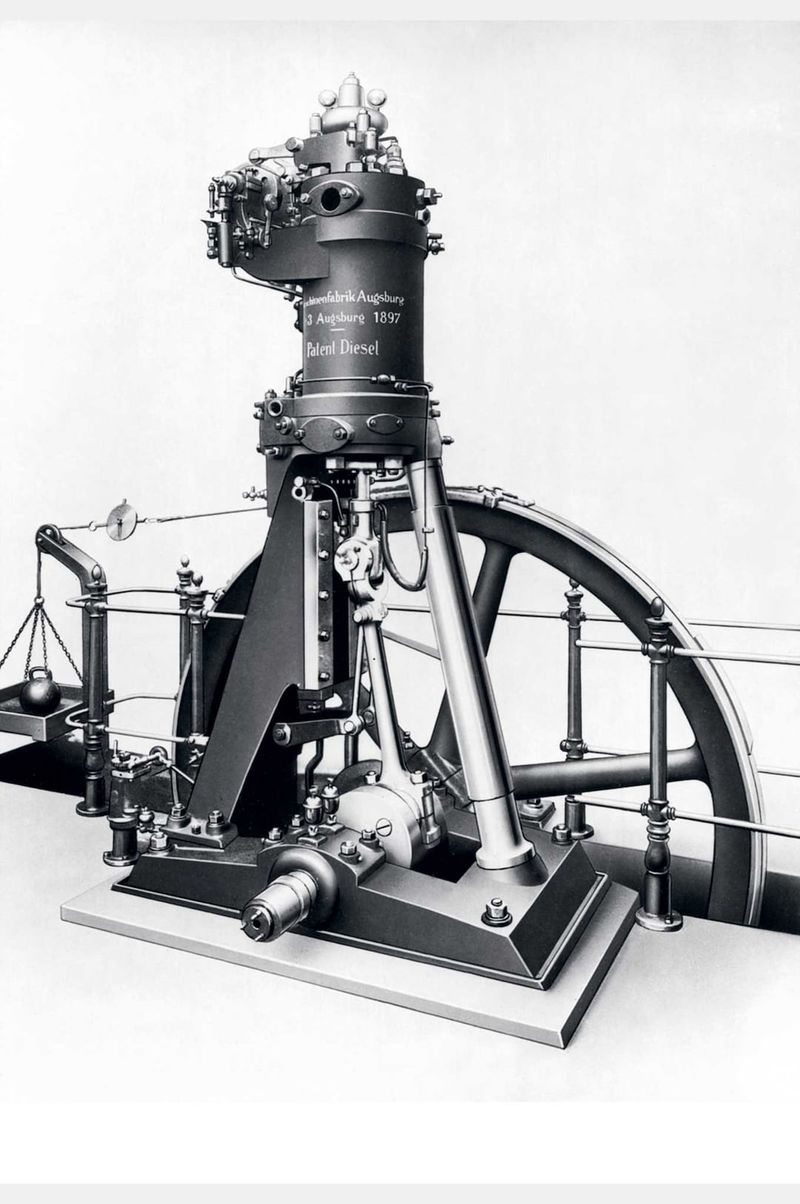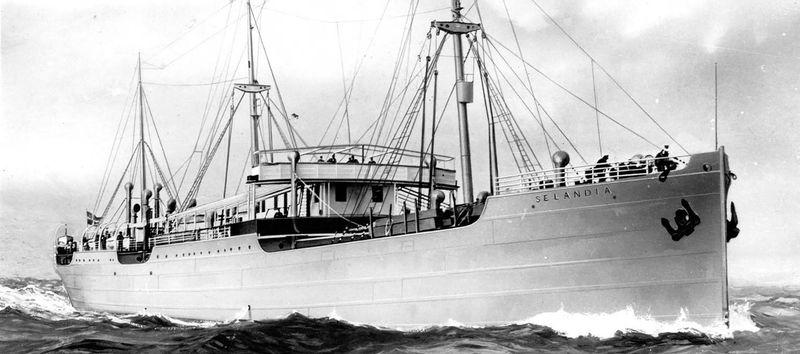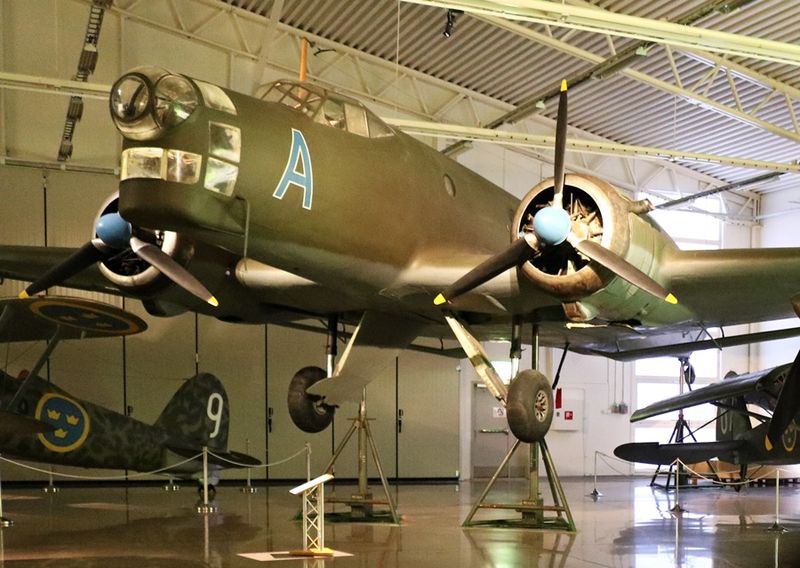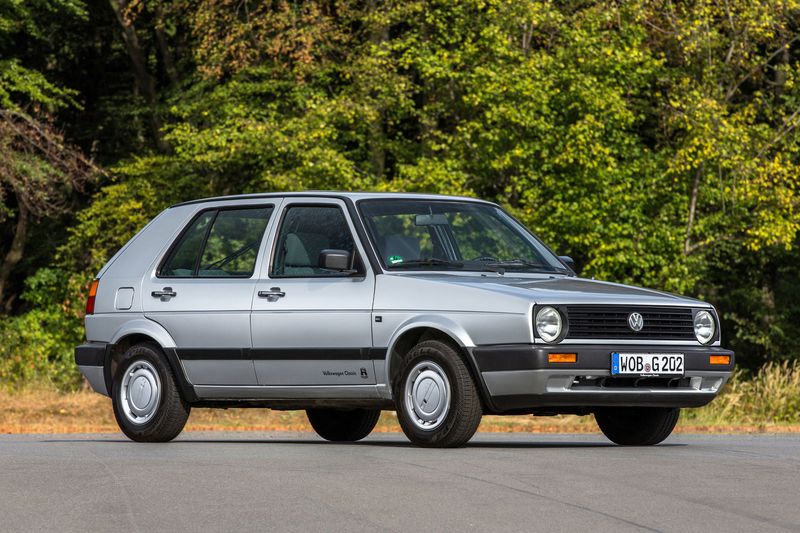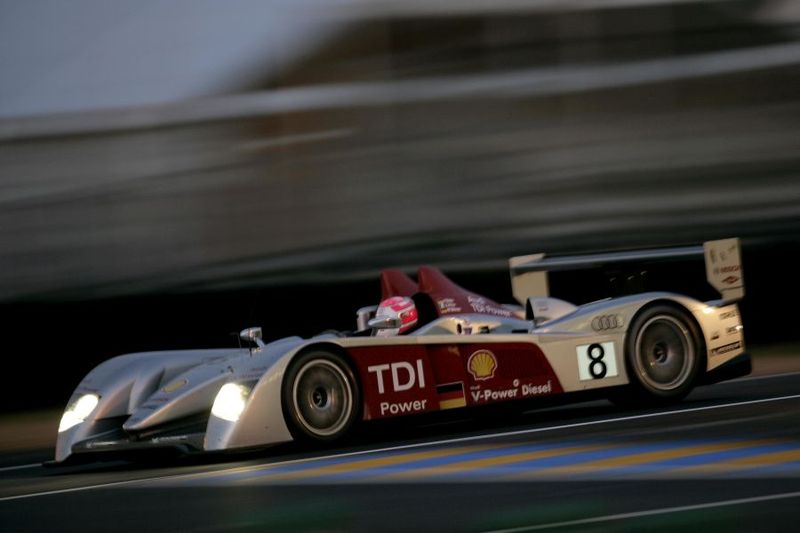Diesel engines have powered everything from passenger cars to locomotives—and it all began with one groundbreaking invention. Whether you’re a gearhead or just love quirky historical milestones, here are 10 diesel “firsts” that changed the world of transportation forever.
1. The First Car With a Diesel Engine (1933)
In 1933, Citroën unveiled a prototype that would set the stage for modern diesel cars—the Rosalie 11UD. Fitted with a Mercedes-Benz diesel engine, it was a marvel of its time, showcasing the blend of French design and German engineering. Although it wasn’t mass-produced, its debut was a significant milestone.
This pioneering vehicle represented a bold leap into the future, challenging the status quo of gasoline dominance. The collaboration between Citroën and Mercedes-Benz symbolized a unique synergy that foreshadowed the potential of diesel power in passenger cars—a revolutionary idea at its inception.
2. The First Mass-Produced Diesel Passenger Car (1936)
By 1936, diesel technology had reached a landmark moment with the release of the Mercedes-Benz 260D—the first mass-produced diesel passenger car. This vehicle offered an unmatched blend of efficiency and durability, featuring a robust 2.6-liter four-cylinder engine. Not only did it outperform its gasoline counterparts, but it also challenged perceptions of diesel’s role in everyday life.
The 260D’s introduction marked a turning point, illustrating the practical benefits of diesel engines. Its stellar fuel economy and long-lasting performance made it a favorite among those seeking reliability during an era of economic uncertainty.
3. The First Diesel Truck (1923)
In the bustling industrial era of 1923, a new heavyweight entered the scene—the first diesel truck by MAN and Benz & Cie. This groundbreaking truck was designed for serious hauling, boasting improved efficiency and power. It revolutionized freight transport, making it possible to move goods more economically and reliably than ever before.
The introduction of diesel technology in trucks meant a significant reduction in costs and a boost in operational efficiency. This innovation paved the way for the modern logistics industry, setting a new standard for what trucks could achieve in terms of performance and durability.
4. The First Diesel Locomotive (1912)
In 1912, Swiss engineers introduced the world to the first operational diesel-electric locomotive. This was a pivotal moment in railway history, as it marked a shift away from the coal-powered steam engines that had dominated the tracks. The locomotive exemplified Swiss precision and ingenuity.
Though it took time for diesel engines to become widespread in rail travel, this locomotive laid the groundwork for future developments. Its innovative design promised greater efficiency and reduced environmental impact, heralding a new era of cleaner and more effective rail transportation.
5. The First Diesel Submarine (1913)
In the mysteries of the deep, the French Navy’s Aigrette submarine emerged in 1913, heralding a new era for naval warfare. As the first submarine to utilize diesel propulsion, it enabled longer missions and fewer refueling stops—key advantages in underwater operations.
Diesel engines brought about a strategic shift in naval tactics, offering submarines newfound stealth and endurance. The Aigrette’s successful deployment demonstrated the potential of diesel technology beneath the waves, forever changing the dynamics of military submarines and setting the stage for future innovations in underwater exploration.
6. The First Diesel Engine Ever Built (1897)
The roots of diesel innovation trace back to an ingenious German inventor, Rudolf Diesel, who built the first diesel engine in 1897. This engine ran on peanut oil and coal dust, showcasing versatility and efficiency. Diesel’s invention was a triumph of engineering, solving inefficiencies present in steam engines.
Rudolf Diesel’s vision was to create an engine that used less fuel while providing more power. His pioneering work laid the foundation for a century of diesel innovations, influencing everything from transportation to industrial machinery. His name became synonymous with a new era of engine technology.
7. The First Diesel-Powered Ship (1903)
Sailing into maritime history, the MS Selandia launched in 1903 as the world’s first large ocean-going vessel powered entirely by diesel engines. This Danish marvel stunned the maritime world with its quiet and smokeless operation, signaling a new era on the high seas.
The Selandia’s introduction offered a glimpse into the future of shipping, emphasizing efficiency and environmental consciousness. Its success demonstrated the viability of diesel engines in large-scale maritime applications, transforming the way ships would be powered and reducing dependency on traditional coal-fired steam engines.
8. The First Diesel-Powered Airplane (1939)
In the skies of WWII, the Junkers Ju 86 bomber soared with an innovative twist—it was powered by a diesel engine. This 1939 German Luftwaffe aircraft utilized diesel for its extended range and reduced flammability, offering strategic advantages despite not becoming widely adopted.
The diesel-powered flight challenged the aviation norms of the time, showing potential for longer missions and safer operation in combat scenarios. Although it didn’t revolutionize the industry, the Ju 86 exemplified the versatility of diesel technology beyond traditional boundaries, marking a unique chapter in aviation history.
9. The First Diesel Hybrid (1983)
Long before hybrids became a buzzword, the Volkswagen Golf Hybrid Concept of 1983 broke new ground by pairing a diesel engine with an electric motor. This concept car showcased the potential of combining diesel’s efficiency with electric innovation, though it never reached production.
The Golf Hybrid Concept was a visionary leap, hinting at the future of sustainable automotive technology. It inspired new ways of thinking about vehicle propulsion, foreshadowing today’s hybrid models. Its legacy endures as a testament to Volkswagen’s forward-thinking approach to alternative-fuel vehicles.
10. The First Diesel Car to Win Le Mans (2006)
In 2006, Audi’s R10 TDI shattered preconceived notions by becoming the first diesel-powered car to triumph at the prestigious 24 Hours of Le Mans. This victory wasn’t just about speed; it was about endurance and efficiency, showcasing diesel’s untapped potential in performance racing.
The R10 TDI’s success at Le Mans underscored diesel’s capability in high-stakes competition, challenging the dominance of gasoline race cars. It was a pivotal moment that changed perceptions, proving diesel could excel on the world stage and inspiring a new era of racing innovation.
